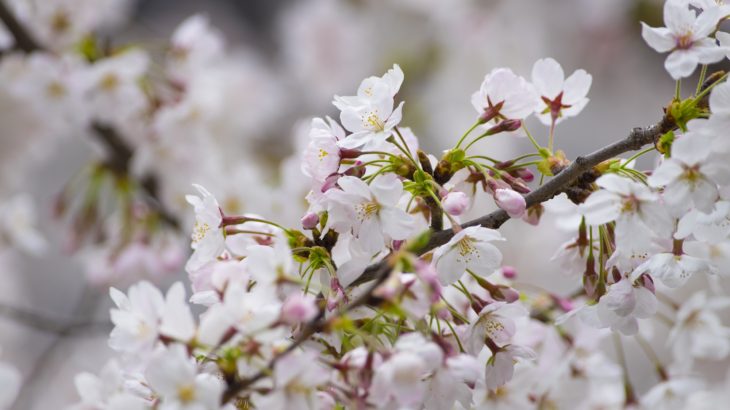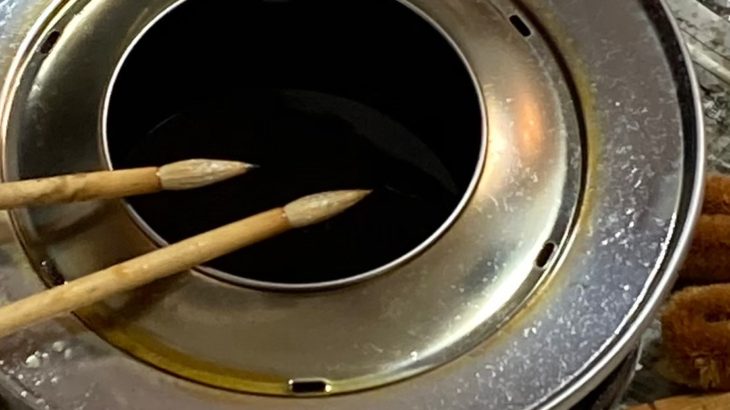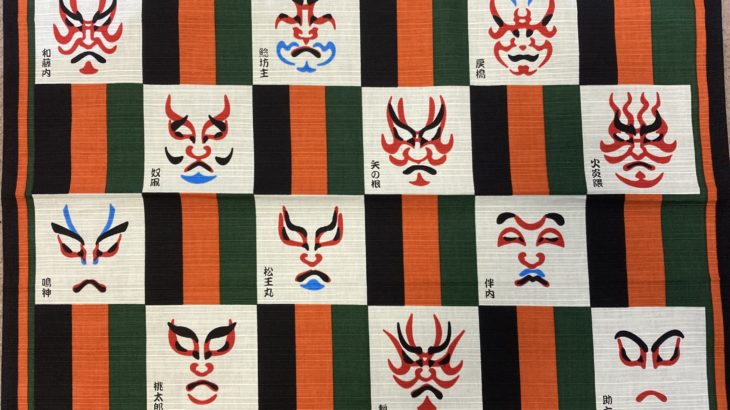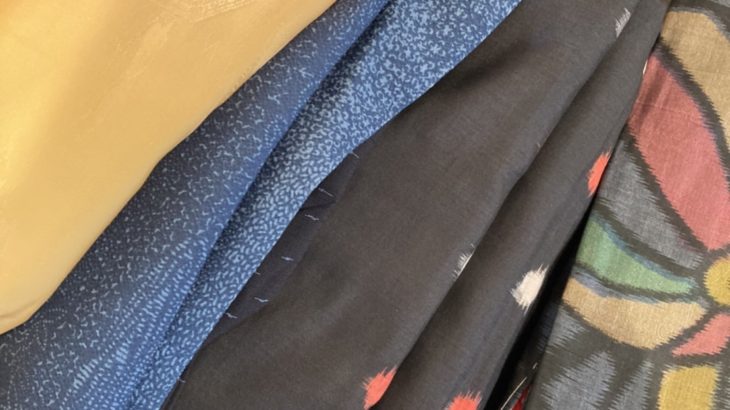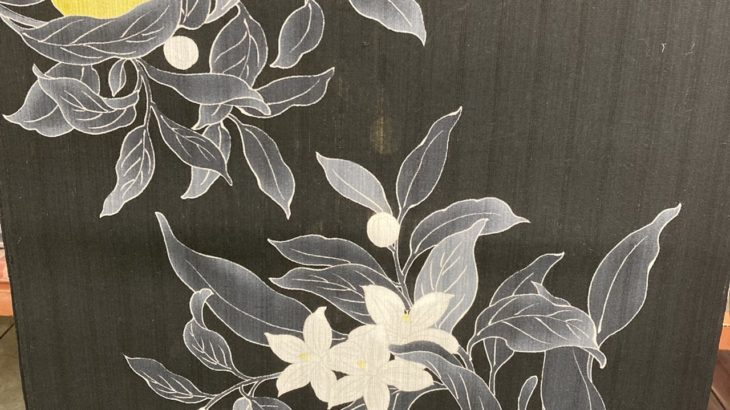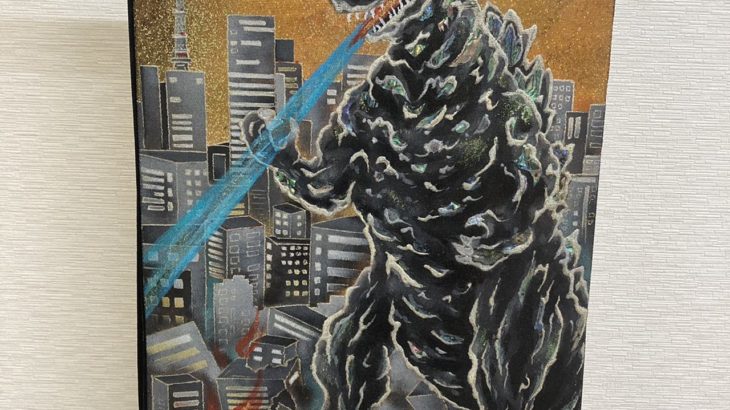Hello, this is Shinji from “Warashibe-choja.jp”. Recently, I’ve heard that some people are called Kimono Police and complain about other people’s kimonos.
There is the word Kata-Yaburi ( = Unconventional in a good way ) in Japanese. In a good way, I personally don’t like to complain to those who break traditions and expand the kimono culture as a new fashion. I would like to know the basics and encourage you to take on challenges. However, there are also people who do not know the basics and break the shape and arrange it as they like because it is interesting. In Japanese, there is the word Kata-Nashi ( = Ruined ). If you enjoy it after knowing the important basics, you will be able to enjoy Kata-Yaburi fashion instead of Kata-Nashi. Today I would like you to briefly learn the basics of kimono types and seasons.
Awase ( = lined kimono )
When tailoring a kimono piece, a kimono with a lining called Hakkake or Dou-Ura. It is mainly used for kimono in the cold season.
Hitoe ( = unlined kimono )
When tailoring a kimono cloth, it is not lined (sometimes a cloth called Ishikiate is attached to avoid dirt and unraveling of the tailoring). It is a kimono that is mainly worn in the cool seasons of early autumn and early spring.
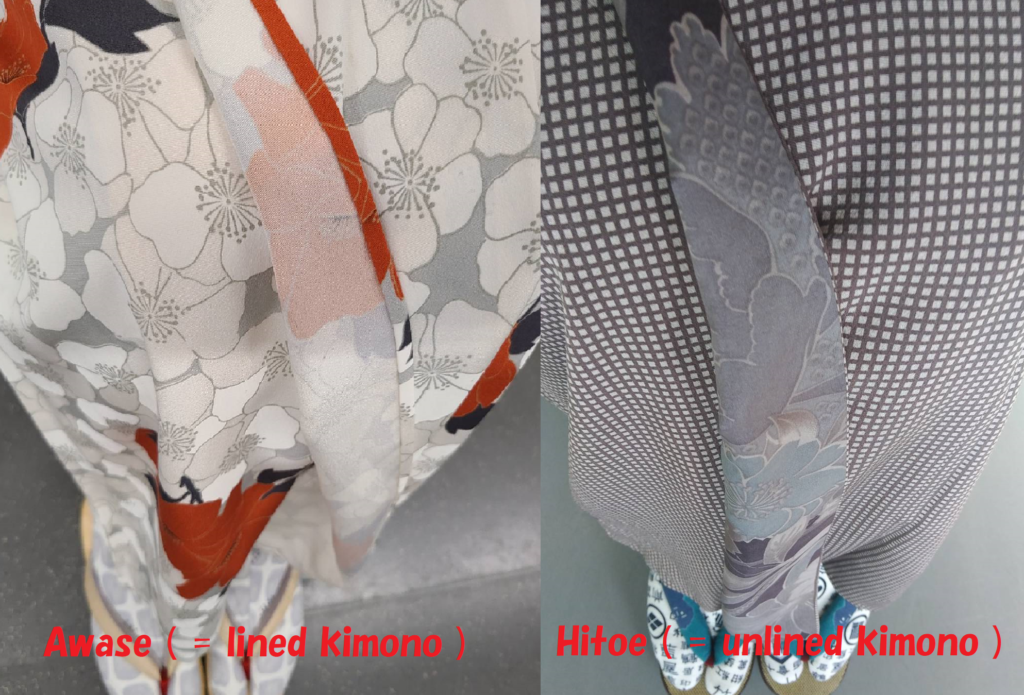
Usu-Mono ( = Thin kimono )
It is a kimono that is mainly worn in the hot summer season. This is a kimono called “Sya” or “Ro”, and it is characterized by the fact that the kimono weaves differently and is transparent.
About Naga-Jyuban
Recently, due to global warming, making Naga-Jyuban of Awase is decreasing, but until about 15 years ago, major kimono chains recommended Jyuban of Awase and Jyuban of Hitoe. Nowadays, Musou’s tailoring, in which only the sleeves are overlapped, is the mainstream. Opportunities to attach Dou-Ura for Naga-Jyuban have decreased even after hearing from the Japanese dressmaker.
For summer, I wear Naga-Jyuban made of fabrics called Sya and Ro. There are many Naga-Jyuban materials that can be washed at home instead of silk because they sweat.Personally, I like the linen fabric because it’s cool.
About obi
The obi is also divided according to the fabric, such as for Awase, Hitoe, and summer. This depends on the type of fabric, but basically, fabrics called “Tirimen”, “Shioze”, “Rinzu”, and “Tsumugi” are often used for Awase. When it comes to Hitoe, Nishiki-Ori. When it comes to summer, silk fabrics called Sya, Ro, and Ra, and linen and “Basyo‐fu” are used as materials. Some textiles, such as the Hakata obi, can be used all year round. Many shops only think about business, so consulting with a specialist is one way to do it.
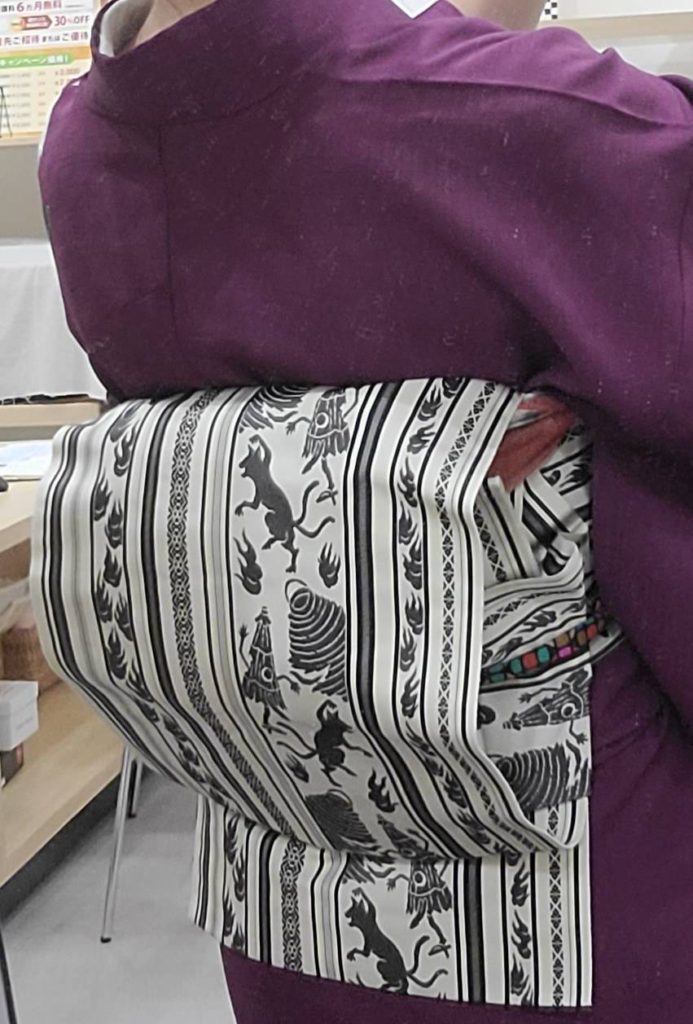
Items such as Han-eri and Obi-Shime
For Han-Eri, Obi-Shime, and Obi-Age, the Awase is Shioze and Tirimen. In summer, I sometimes use Sya, Ro, and linen cloth.
Kimono pattern: It’s okay to get ahead of the season
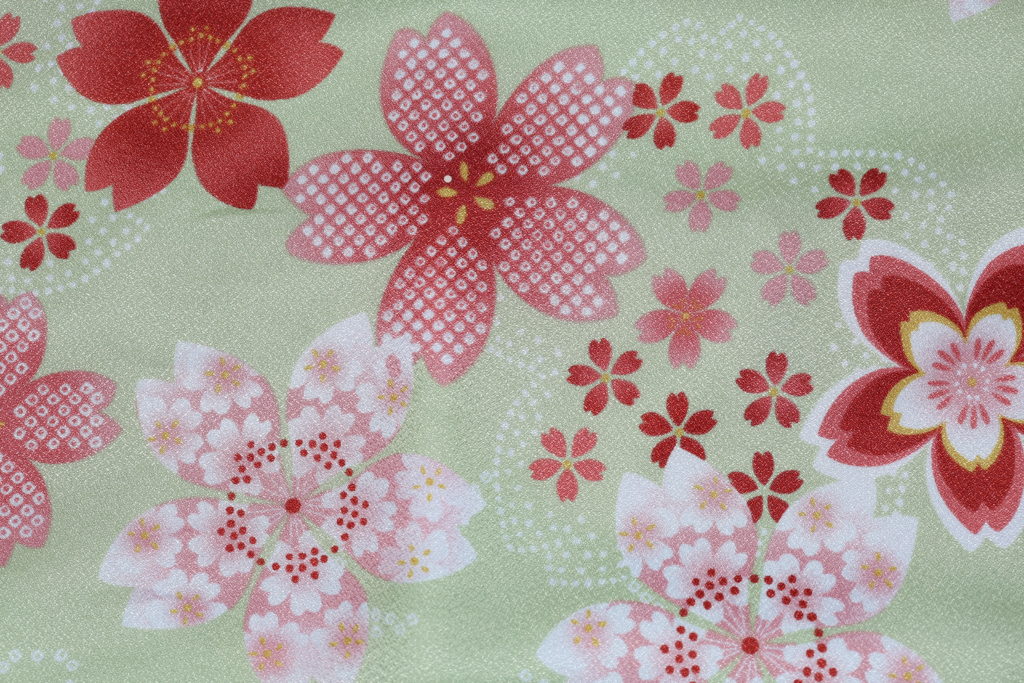
Basically, it is generally OK to get ahead of the season. For example, it is OK to wear a kimono with a camellia pattern before the camellia blooms. However, it is said that it is out of date to wear a kimono with a camellia pattern after the camellia flowers have fallen. However, there are some exceptions. For example
Maple: The leaves of maple have the image of summer for green and autumn for red, so the seasons may differ depending on the color.
Sakura: It is considered to be the national flower, and the pattern of cherry blossoms such as Furi‐Sode and Yukata is drawn on the kimono throughout the year. However, it is said that the pattern with branches and trunks gives a sense of the season.
Western flowers: I don’t think there is any particular sense of the season when it comes to flowers imported from roses and the like.
There is one more thing to remember at the tea ceremony. When called to the tea ceremony, the person who provides “hospitality” will consider various things. We will consider not only the type of tea and the selection of tea bowls, but also the condition of the flowers displayed in the tea ceremony called “Tyabana” (= Tea flowers). Therefore, you may be careful not to combine the tea flower with the pattern of the kimono. It is not a violation of etiquette, but I think that you can understand the Japanese spirit better if you know it.
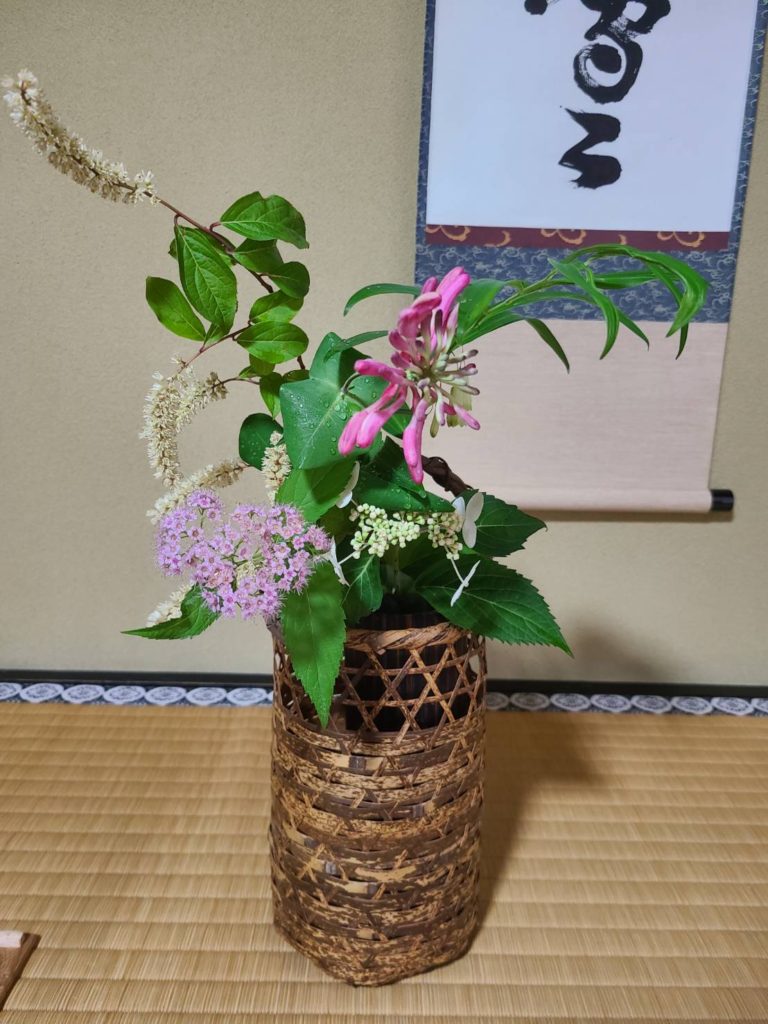
Types of seasonal flowers and kimono
1, spring
March: Yayoi
Flowers: plum, peach, horsetail
Kimono: Awase
Jyuban: Sode-Musou, Awase
Obi: Tirimen, Shioze, Rinzu, Nishiki-Ori, Tumugi
Haneri: Shioze, Rinzu
April: Uzuki
Flowers: cherry blossoms, gardenia
Kimono: Awase
Jyuban: Sode-Musou, Awase
Obi: Tirimen, Shioze, Rinzu, Nishiki-Ori, Tumugi
Haneri: Shioze, Rinzu
May: Satsuki
Flowers: wisteria, peony
Kimono: Awase. ( Hitoe in the second half )
Jyuban: Sode-Musou, Awase
Obi: Tirimen, Shioze, Rinzu, Nishiki-Ori, Tumugi. ( Hitoe obi in the second half )
Haneri: Shioze, Rinzu
2, summer
June: Minazuki
Flowers: irises, hydrangeas, lilies
Kimono: Hitoe
Jyuban: Ro
Obi: Hitoe obi in the first half, Ro, Sya, linen, Hakata in the second half
Han-Eri: Shioze in the first half, Ro in the second half
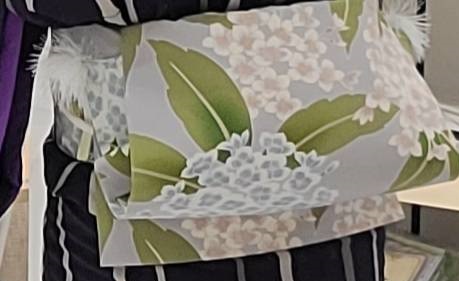
July: Fumizuki
Flowers: water lily, golden-rayed lily, morning glory
Kimono: Sya, Ro, Usu-Mono
Jyuban: Ro, Sya, linen
Obi: Sya, Ro, linen, Ra, Basyo-fu
Han-Eri: Sya, Ro, linen
August: Hazuki
Flowers: sunflowers, morning glory
Kimono: Sya, Ro, Usu-Mono
Jyuban: Roast, gauze, linen
Obi: Sya, Ro, linen, Ra, Basyo-fu
Han-Eri: Sya, Ro, linen
3, autumn
September: Nagatsuki
Flowers: Kikyo, Miscanthus sinensis, Chestnut, Hagi
Kimono: Hitoe
Jyuban: Ro
Obi: Sya, Ro, linen, Hakata. The second half is the Hitoe Obi
Han-Eri: Sya, Ro, linen. The second half is Shioze
October: Kannazuki
Flowers: chrysanthemum, ginkgo, gentian
Kimono: Awase
Jyunban: Hitoe
Obi: The first half is the Hitoe obi. The second half is Tirimen, Shioze, Rinzu, Nishiki-Ori, Tumugi
Han-Eri: Shioze, Rinzu
November: Shimotsuki
Flowers: chrysanthemums, persimmons, sasanqua flowers
Kimono: Awase
Jyuban: Sode-Musou, Awase
Obi: Tirimen, Shioze, Rinzu, Nishiki-Ori, Tumugi
Han-Eri: Shioze, Rinzu
4, winter
December: Shiwasu
Flowers: Narcissus, Kan Tsubaki, Nandina
Kimono: Awase
Jyuban: Sode-Musou, Awase
Obi: Tirimen, Shioze, Rinzu, Nishikori, Tsumugi
Han-Eri: Shioze, Rinzu
January: Mutsuki
Flowers: Amur adonis, Sho-Tiku-Bai
Kimono: Awase
Jyuban: Sode-Musou, Awase
Obi: Tirimen, Shioze, Rinzu, Nishikori, Tsumugi
Han-Eri: Shioze, Rinzu
February: Kisaragi
Flowers: camellia, orchid, bamboo grass
Kimono: Awase
Jyuban: Sode-Musou, Awase
Obi: Tirimen, Shioze, Rinzu, Nishikori, Tsumugi
Han-Eri: Shioze, Rinzu
That’s it. This article will be the basic flow, so I hope that you will enjoy fashion with unconventional ideas after learning. In fact, we in the kimono industry have been wearing single kimono since April because it is hot. Tradition is important, but fun is also important. If you have any questions, please feel free to ask a question as we will answer it.
